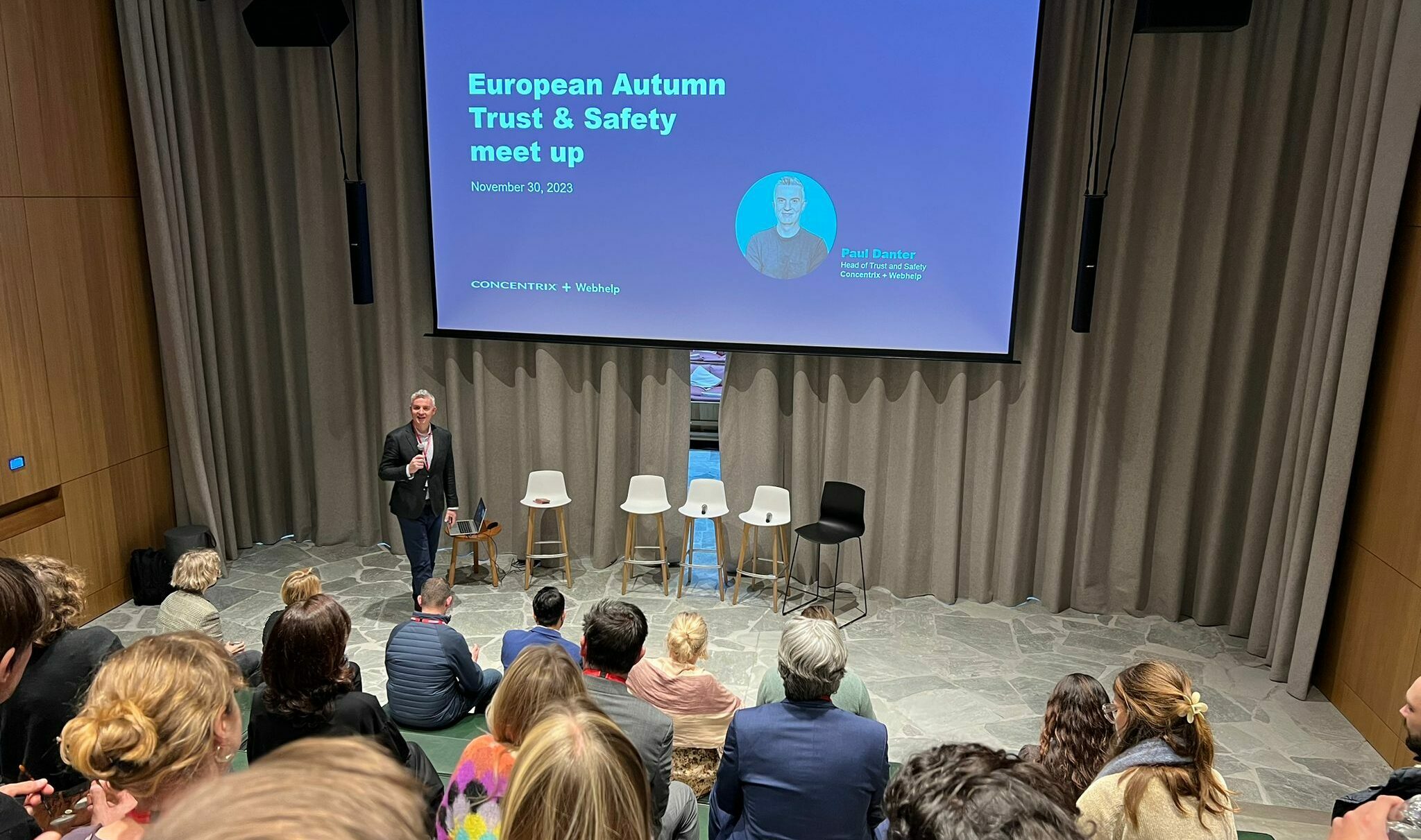Providing a comprehensive customer service function requires investment. It used to be seen as a cost for most companies – money had to be spent on the customer contact centre, but it could have been better invested elsewhere.
Those attitudes have changed. First, the contact centres started cross-selling and up-selling and proving that their direct customer contact could be valuable. Now, customer contact is often published publicly on social networks so the customer service function has become a key part of the marketing strategy for many organisations. The connection to the customer has become critical not only in giving each individual customer a great experience, but in driving new customers to the brand.
But how do you quantify any of this? If your job involves customer service strategy and you need to build a business case for new investment, or even just try to justify your budget projections for the year ahead, how can you determine which customer experience investments really pay off? Is it possible to measure a Return on Investment (ROI) when planning the customer experience (CX)?
The consulting firm McKinsey believes so. Their research is full of failed customer experience programmes where executives tried to wow customers with dramatic changes and innovations. However, McKinsey have seen enough CX programmes, both failures and successes, to draw some conclusions on which measures really pay off and how success can be measured.
You can read the complete McKinsey report on their website here, but I’ll summarise their approach:
- Explicitly connect a link between business value and your changes to the CX. Try linking what customers say to what they actually do, and develop a hypothesis for change that focuses on improving what customers really want – not just what they say they want on a survey. Gather historic behavioural data and project into the future using the widest data set you can find.
- Prioritise investments to places that will achieve the most good for customers. Determine what really matters to your customers, and also which of the possible issues will have the biggest payout. Then build end-to-end customer journey models and attempt to visualise how your service may work in future. Identify opportunities to completely disrupt the market, rather than just progressing with your existing business model.
- Create a road map with early gains that can fund later stages. Ensure that success is broken into chunks, so deliveries are regular and frequent. Identify some changes to your systems that will actually deliver efficiencies or gains without the need for a bigger picture change. These can be seen to be contributing quickly, and therefore funding later projects in the programme of change.
These three pointers are extremely important for any executive planning an investment in CX improvement; focusing on them can help you avoid the initiatives that are ignored or that just never settle in.
What would you add to the list beyond these three key steps? Leave a comment below or get in touch on LinkedIn and let me know.


![[Fashion] Choosing the right partners to grow your business in 2024, at a time when trust is fragile](https://media.webhelp.com/wp-content/uploads/2023/12/21090253/Office-Showcase-2.png)


